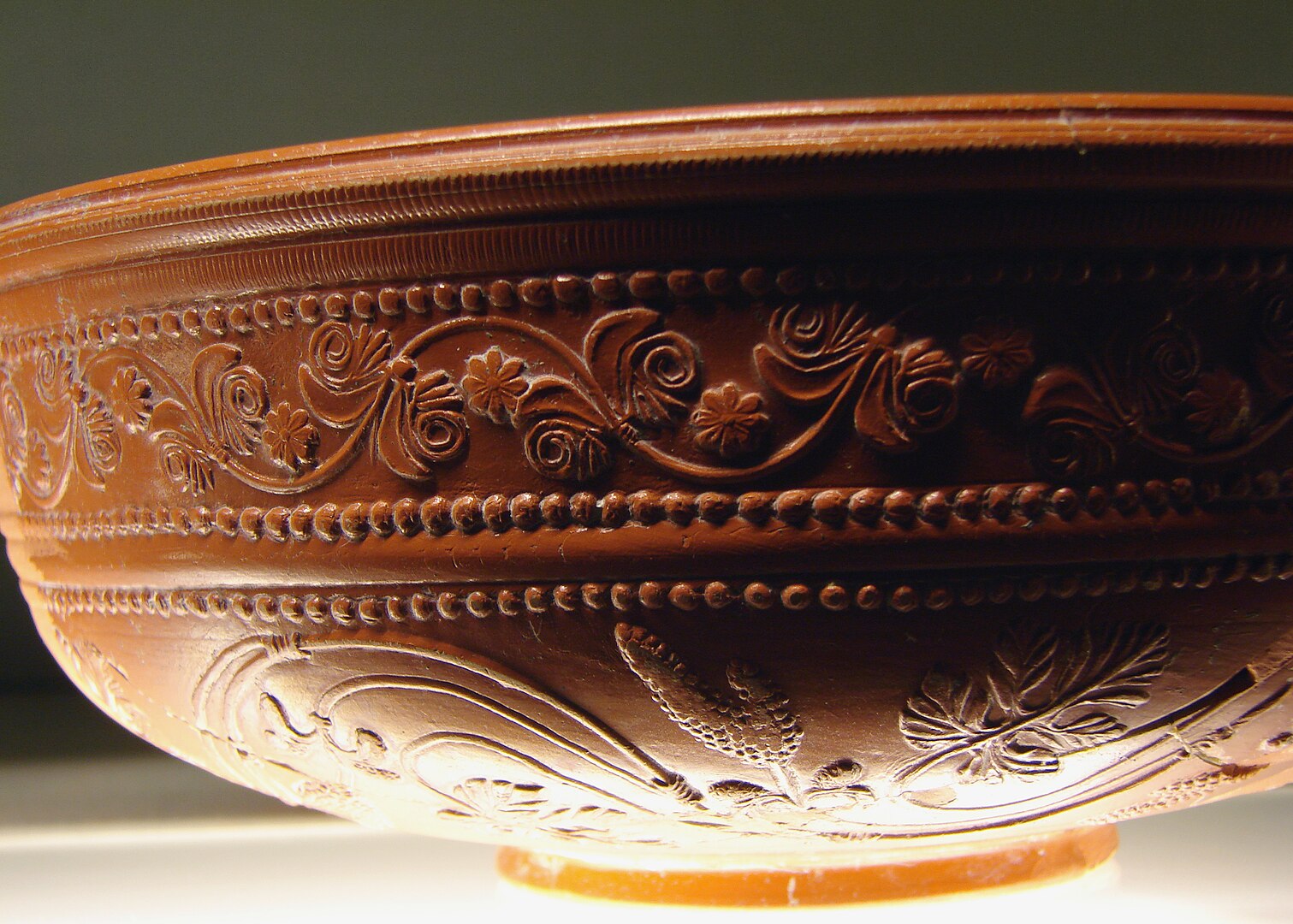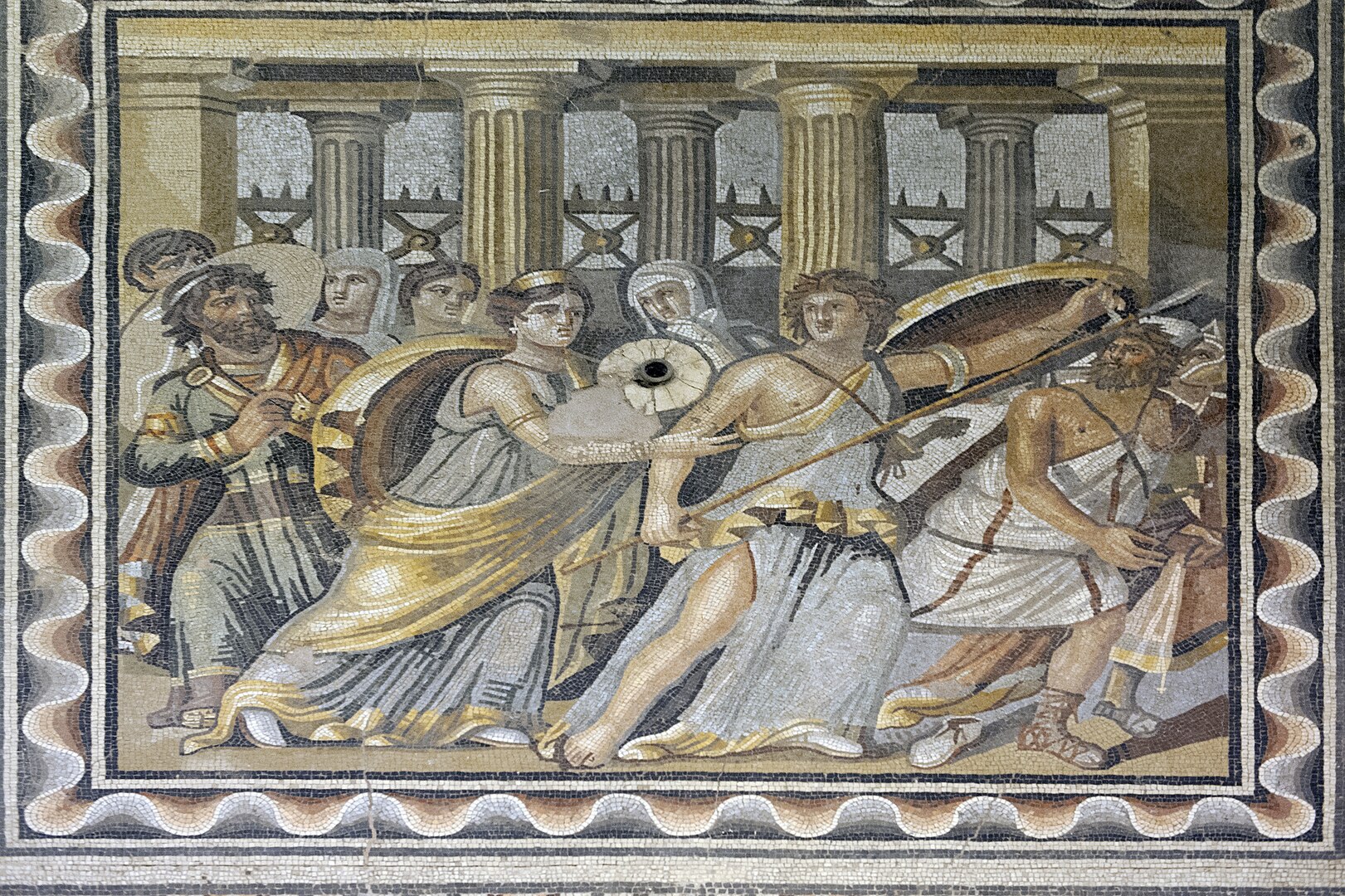Roman art was a significant part of ancient Roman culture, reflecting their creativity, skills, and values. It encompassed various forms such as sculpture, mosaics, and frescoes, each with its unique characteristics and purposes.
Sculpture was a prominent feature of Roman art. Romans created statues primarily for religious, political, and decorative purposes. They often depicted gods, emperors, and other important figures. Roman sculptures were known for their realism and attention to detail, capturing the likeness and character of the subject. Materials like marble and bronze were commonly used for sculpting.
Mosaics were intricate designs made by arranging small colored stones or glass pieces, known as tesserae, into patterns or images. Mosaics decorated floors, walls, and ceilings of buildings, adding color and visual interest to architectural spaces. They featured various themes, including mythological scenes, geometric patterns, and everyday life. Mosaic-making was a highly skilled craft, requiring precision and patience.
Fresco painting involved applying pigments onto wet plaster, resulting in vibrant and long-lasting artworks. Frescoes adorned the interiors of Roman buildings, serving as decorative elements and storytelling devices. They depicted a wide range of subjects, such as mythology, landscapes, and portraits. Fresco painters used techniques like perspective and shading to create depth and realism in their compositions.
Roman art was not just about aesthetics; it also served ideological and propagandistic purposes. For example, sculptures of emperors conveyed power and authority, while religious images reinforced belief systems. Mosaics in public spaces celebrated communal values and achievements, while frescoes in private homes reflected the aspirations and tastes of the occupants.
The influence of Greek art was profound in Roman art, particularly in sculpture and architecture. Romans admired Greek aesthetics and often imitated Greek styles and motifs. However, they also developed their distinctive artistic identity, blending influences from various cultures within the vast Roman Empire.
Roman art underwent significant changes over time, reflecting shifts in political, social, and cultural contexts. The transition from the Republican to the Imperial period saw an increase in grandiose public monuments and a proliferation of imperial portraits. Later, during the Late Antique period, Christian themes began to emerge in Roman art, marking the transition to Byzantine art.
Roman Pottery
The ancient Romans were not only skilled architects and conquerors but also adept craftsmen, leaving…
Roman Mosaics
Roman mosaics are fascinating works of art that provide a window into the ancient world of Rome. The…
Roman Sculptures
From grand emperors to mythical gods, Roman sculptures are a window into the fascinating world of an…
Ancient Roman Paintings
The captivating world of Roman paintings offers a glimpse into the artistic prowess and cultural vib…



